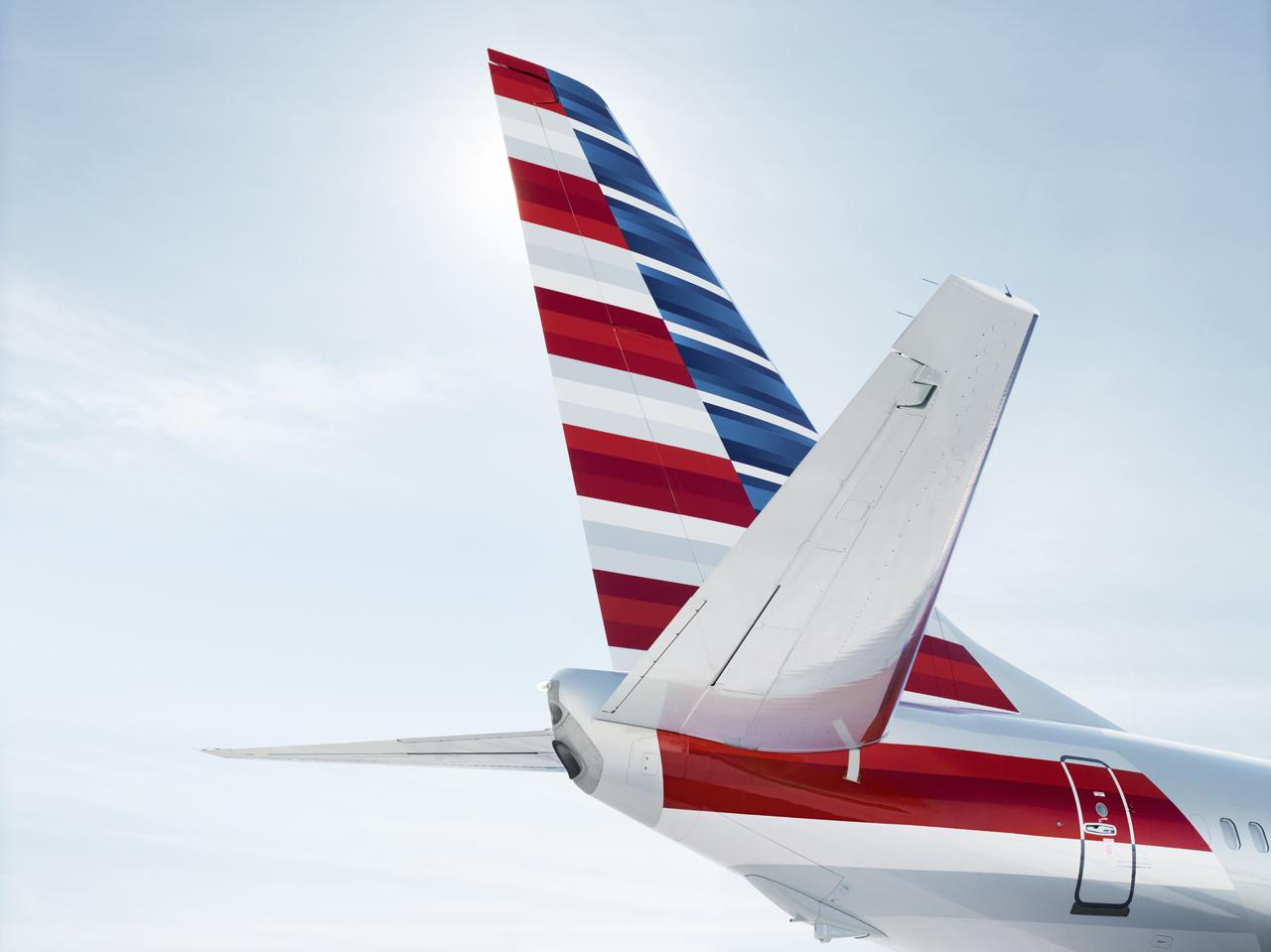American Airlines Sees Shift To ‘Blended’ Travel; Ups Premium Offerings

Executives at American Airlines said that shifts in the composition of corporate travel demand are forcing the company to react in creative fashion, adjusting their airplane cabins and schedules to accommodate a rise in so-called “blended” travel.
Addressing investors and analysts, American Airlines Chief Commercial Officer Vasu Raja said that blended demand—or travel that appears to mix elements of both business and leisure—has grown to around 45% of passenger revenues, reflecting the popularization of remote work that has untethered millions of workers from traditional office settings.
Marking a departure from pre-pandemic norms, blended travel now represents almost double the total sales volume of traditional business travel—which accounted for just 25% of total passenger revenues in the third quarter (Q3). But the composition of traditional business travel is also changing. Sales from contracted corporate accounts accounted for just 5-8% of passenger revenues, compared to 17-20% for noncontracted, unmanaged businesses—including many small- and medium-sized firms, Raja said.
“This is really encouraging to us because that blended demand uses our network in a highly-efficient way,” Raja said, adding that the company’s schedule is becoming more evenly spread out between peak and off-peak periods, while at the same time becoming more concentrated at its most efficient hubs.
American is adjusting its product offering to adapt to the changed travel patterns it is seeing. One major example: the company is eliminating its most-exclusive First Class seats across its fleet and replacing them with Business Class seats—which Raja said have proven more popular with the blended travelers who now account for the lion’s share of its premium revenues.
“The quality of the business class seat has improved so much, and frankly by removing [First Class], we can provide more business class seats, which is what our customers most want and are most willing to pay for,” Raja said.
As American looks to capitalize on new trends, it has also modified its network to concentrate assets where demand is greatest. As such, the carrier has reduced its share of long-haul flying by about 15% from pre-pandemic levels in favor of more efficient short-haul routes. Whereas long-haul travel previously accounted for about 30% of the carrier’s total capacity, it is now closer to 20%, Raja said.
“Whereas we were previously a 70:30 long-haul/short-haul airline, it’s now more like 80:20,” Raja said.
Raja’s commentary came as American reported a net income of $483 million in Q3, its third consecutive quarterly profit in 2022. Passenger revenues totaled $13.5 billion, marking a 13% increase from 2019 levels, despite 10% less capacity operated in the quarter.
American expects to be profitable again in the fourth quarter, with revenues anticipated to rise 11-13% from 2019 levels, despite 5-7% less capacity.
The company estimated its full-year 2023 capacity will come in at 95-100% of 2019 levels.

